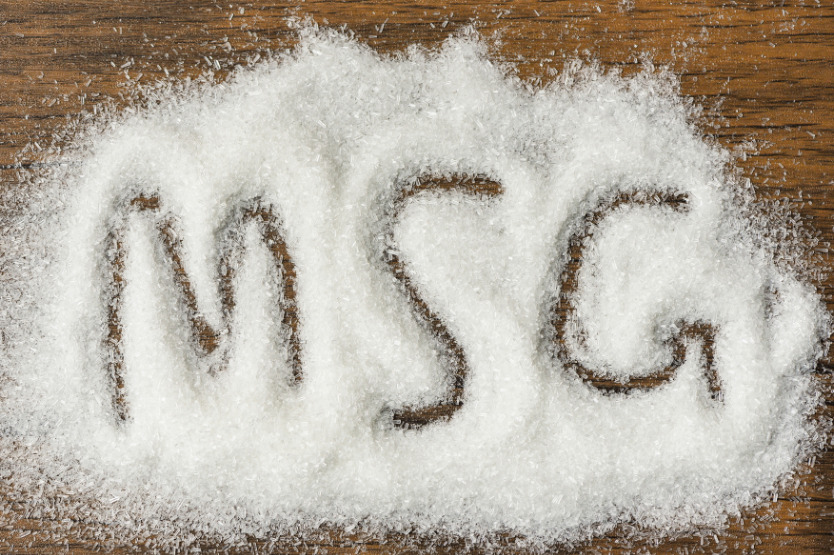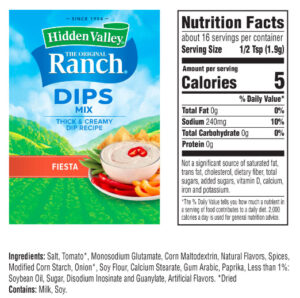The dangers of MSG. Some people think MSG or Monosodium glutamate is a preservative or that it contains a nutritional value.
MSG is used in the food industry as a flavor enhancer. If you have to enhance the flavor of something, maybe ask yourself why would they need to enhance it. Maybe it’s not real food.
Real food shouldn’t need much enhancement. In fact, chemically MSG is an “excitotoxin” or neurotoxin that has a negative impact on the brain and nervous system.
Some of you may remember we learned that “according to Neurosurgeon, Dr. Russell Blaylock, M.D. these have been labeled excitotoxins because they over stimulate neural (brain) cells to the point of killing them.”
“What are excitotoxins? The word excitotoxin is derived from two words, excite and toxin. A ‘toxin’ is a poison. So excitotoxin is a poison that excites any brain cell it encounters until it dies. These substances are usually amino acids – sounds rather natural and harmless but when these react with specialized receptors in the brain in such a way as to lead to the destruction of certain types of brain cells.” Quote source and much more excitotoxin info can be read here.
More of the dangers of MSG
MSG can also be quite addictive which is rather convenient for the food manufacturers that put it there did you think? Remember the potato chip commercial, “you can’t stop eating them”? It was quite literally portraying the chips, the MSG made you keep wanting more. No false advertising there! Seems fitting considering the manufacturers want you to overeat their products.
“One of the primary and most consistent effects of MSG and other excitotoxins is triggering “an insulin/adrenalin/fat storage/food craving response.” That response is what causes the, “I’m hungry again an hour after I eat Chinese food,” quandary. It is also why some of us crave potato chips and other snack foods that contain monosodium glutamate, even though we’re full.” Quote source and much more excitotoxin info can be read here.
Also, some people have reactions to MSG and experience symptoms that include headaches, chest pain, heart palpitations, nausea, and other health problems.
In the report “Sensory And Autonomic Nerve Changes In The Msg-Treated Rat : A Model Of Type II Diabetes” by Morrison JF, Shehab S, Sheen R, Dhanasekaran S, Shaffiullah M, Mensah-Brown E At UAE University, they showed that MSG treated animals develop a form of type II diabetes by about 60 weeks of age.
Whatever your wellness goals, eliminating MSG should be a priority! Especially if you’re looking to drop weight, manage or prevent diabetes.
So Where is MSG Lurking?
MSG is typically used in Chinese food, salty snacks, processed meats, canned soups, salad dressings and most all processed foods. The problem is they don’t list it on the ingredient label as MSG. MSG is found listed under many different names to keep you fooled.
The following list of ingredients may contain MSG:
Hydrolyzed Vegetable Protein, Hydrolyzed Protein, Hydrolyzed Plant Protein, Plant Protein Extract, Sodium Caseinate, Calcium Caseinate, Yeast Extract, Textured Protein, Hydrolyzed Oat Flour, broth, bouillon, natural flavorings, seasonings, spices, whey protein concentrate, soy protein isolate.
One of the most toxic products is ranch dressing. Check out the third ingredient in the Hidden Valley dip mix.
Action Step:
Read the ingredient labels of the food you have in your cabinets and see if you find any hidden MSG! What percentage of your food supply contains this hidden culprit? If you are concerned about your gut health and getting help to balance, give us a call.
Share in the comments below what you find or if we can help.






